Professionals, student shares importance of avoiding plagiarism
You arrive home late from a basketball game with three papers due the next day, and finals within the next two days. Daunted by the seemingly impossible task ahead, you turn to searching published works on the internet. Copying and pasting three or four different phrases, you doubt your teacher will even notice.
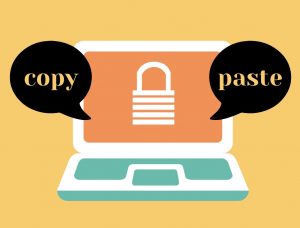
Stealing intellectual property, also known as plagiarism, is a temptation students often deal with. According to a survey by Rutgers University, over half of the students they surveyed admitted to plagiarizing in the past.
To understand plagiarism, first understand what a copyright entails. The moment ideas are recorded in any form, they become copyrighted. For example, when literary material is published on paper or online, it becomes copyrighted under their name. Therefore, the author can determine who can republish or use their work.
Plagiarism occurs when somebody copies copyrighted material and does not have permission or gives proper credit, therefore stealing the author’s ideas and claiming the ideas as their own. One definition of plagiarism in the Merriam-Webster online dictionary is, “to present as new and original an idea or product derived from an existing source.”
Consequences of stealing other’s original material can last a lifetime. A past of plagiarism on a high schooler student’s record can severely damage their likelihood of being hired or attending higher education. Offenders are also legally allowed to be sued or fined.
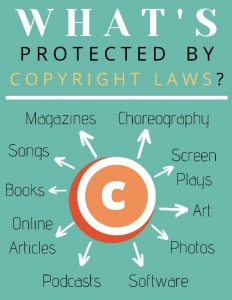
In school handbooks, plagiarism related rules focus on papers and other class assignments. The University of Arizona’s Code of Academic Integrity spells out its laws pertaining to plagiarism. According to the contract, any literary thief is required to meet with a facility member. Depending on the situation, a student can receive ramifications varying from loss of credit for an assignment to the revocation of a student’s degree.
Ohio University senior Allison Routman was accused of plagiarizing three phrases from a Wikipedia article in 2008 for a film review while studying abroad with the University of Virginia. She was expelled from the class, which was on a boat on the Mediterranean sea. She was dropped off at the nearest port and had to find her way home from Greece.
Fresno Christian Schools also punishes students who pass other people’s ideas as their own. In the Secondary Handbook, forgery is listed as a “Degree 2 infraction.” Repeated plagiarism or cheating results in suspension and possibly expulsion. Plagiarism is often avoided by citing any sources used and/or gaining permission from the original creators to use their work.
“Fair use” is a legal doctrine that allows students to use media that is copyrighted without asking permission, as long as the student’s project stays inside the classroom. “Fair use” also applies to criticism, comment, news reporting, teaching (including multiple copies for classroom use), scholarship or research. Even though this doctrine allows students to use otherwise copyrighted material, the student should still use proper citation.
Some literary pieces and other forms of media are available to the public for free and for any use. Creative Commons allows copyrights to be altered by the creator so that material they create is free to be used by the public.

Websites like Pexels and Pixabay offer free photos. These pictures are useful if a student wishes to publish their classwork but do not wish to pay for the right to use a photo or to ask permission from the photographer.
For students who are afraid of unintentionally plagiarizing, websites Plagscan and Plagramme check papers by comparing them to documents already written.
Melanie Portwood, campus freshman and junior English teacher, listed Plagscan as one site she uses to detect plagiarism. Portwood lists two reasons as to why students might be prompted to steal intellectual property.
“Sometimes it is a lack of preparation,” Portwood said, “not giving themselves enough time to learn the information and then put it in their own words. For some, it is ignorance. They don’t realize that what they are writing has to have a citation or some kind of nod to the original author.”
Sophomore and senior English and AP Literature teacher, Andrea Donaghe, shares her own story about plagiarism with most of her English classes. As a senior at Fresno Pacific University a semester away from graduating, Donaghe failed to cite one source after a statement in a paper. She was told to report to the dean of the school.
“She [the dean] wanted to know if I could explain myself,” Donaghe said. “I stated, ‘can I know what my teacher referred me in here for?’ And it was literally one line that I had not cited the source at the end of the sentence for. And this was a paper completed at two’o clock in the morning. Again, this is something I procrastinated on doing and I had failed to cite the author’s name. The dean looked at me and said, ‘let’s not ever have this happen again.’ But that was really a scary moment for me because that was just one line, that wasn’t an entire paper or even a paragraph. I successfully graduated and I never finished a paper again at two in the morning.”
In the following podcast, Summer Foshee discusses the consequences of plagiarism with Andrea Donaghe.
David Tuck, ’22, notices plagiarism occurs when a student desires to get a satisfactory grade and does not think of the consequences of their actions.
“I think that it [plagiarism] is something we can all relate to,” Tuck said. “There’s always a desire to, even if it’s just one little question on whatever it may be. There’s no direct consequence because no teacher is all-knowing. If there’s no direct consequence, then we don’t see the harm that it brings.”
Once again, ideas become copyrighted the second they are created and recorded in some way. If the media a student wants to use is not royalty free and the students wishes to publish his or her work, they should contact the creator. When composing school papers or projects, students must cite the used sources to distinguish their writing from the author in their sources.
For more articles, read Academic dishonesty affects cheaters, justification for cheating and California wildfires devastate communities, impact Sebastopol resident.


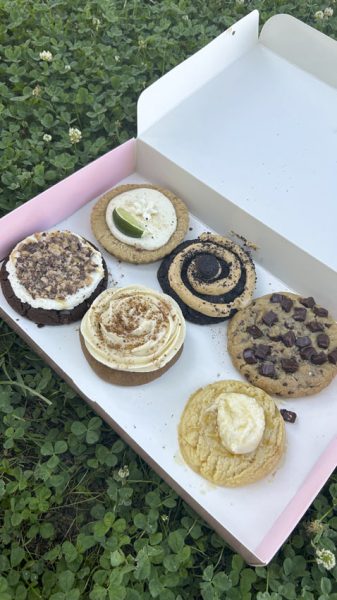
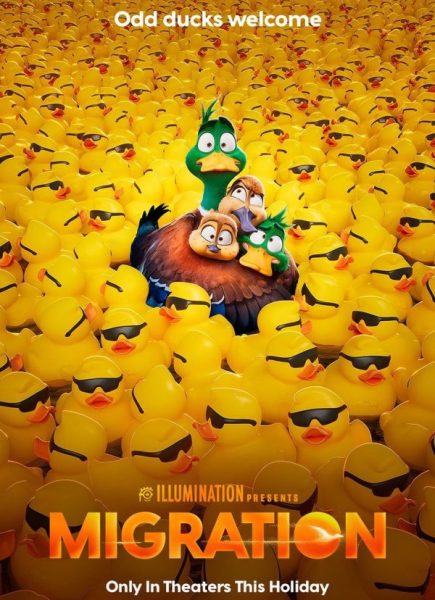
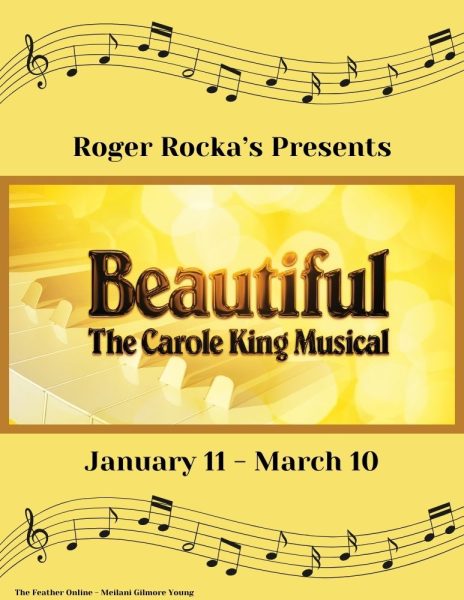
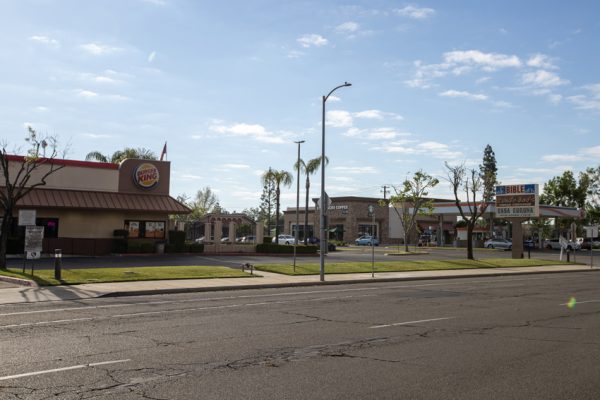

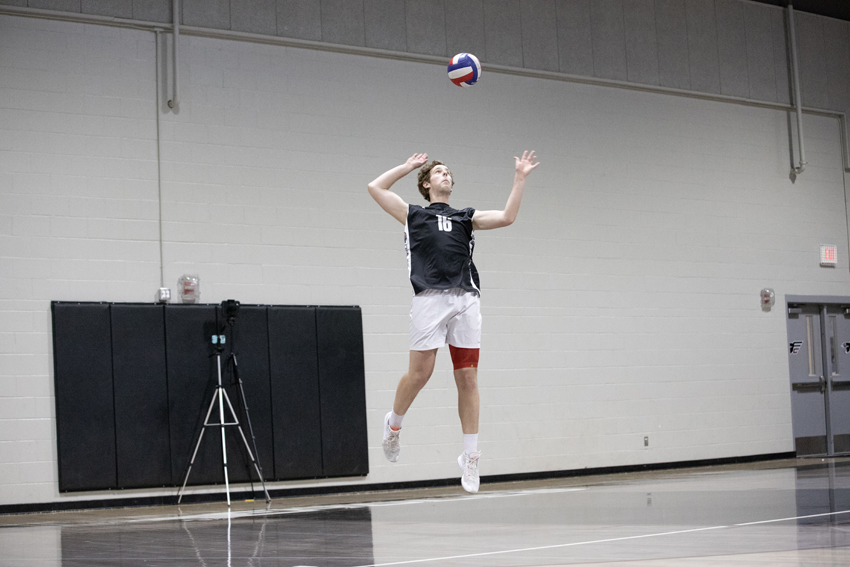
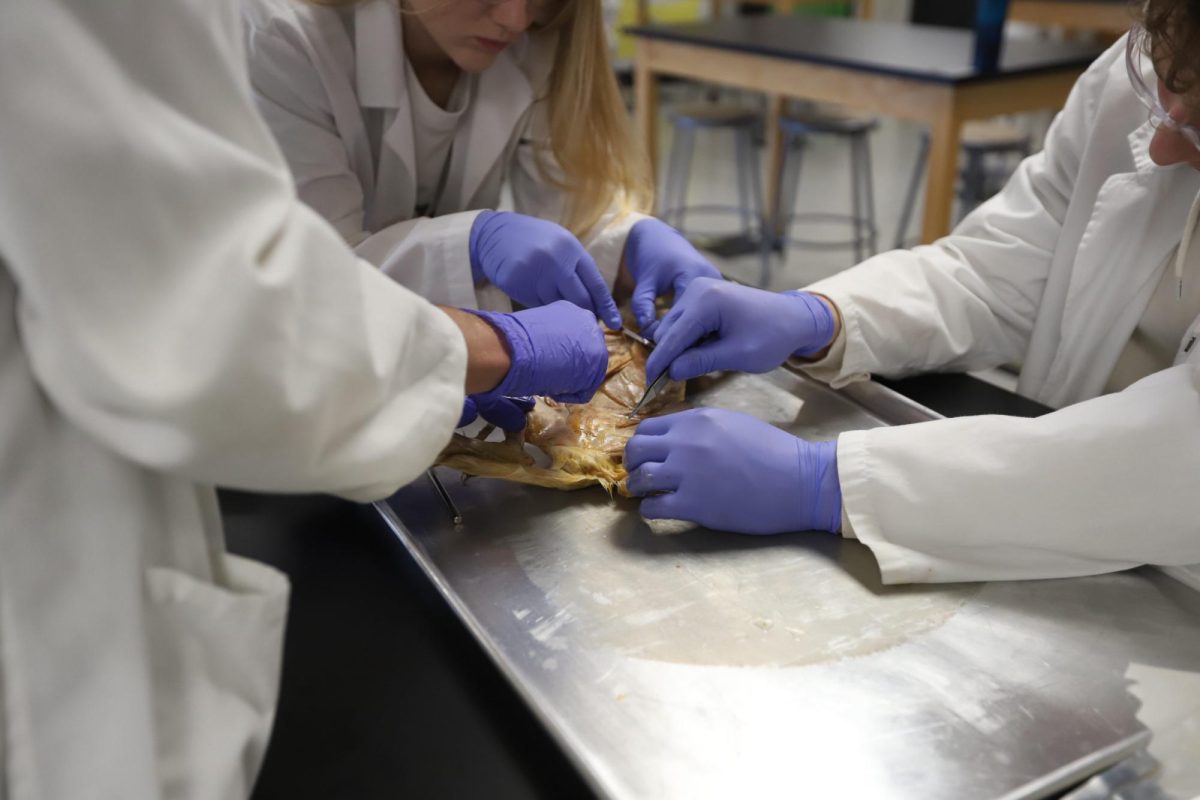
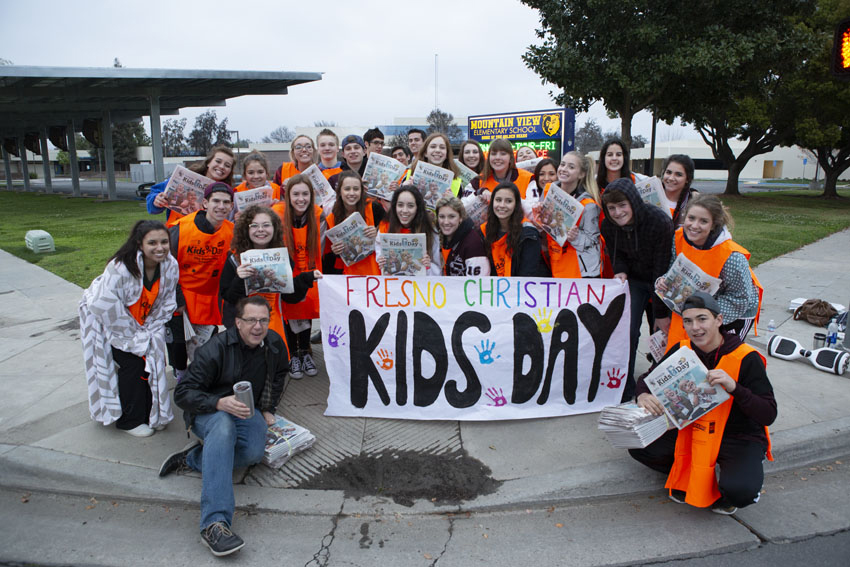
![[Video] 100th CSPA Spring Journalism Conference](https://thefeather.com/wp-content/uploads/2024/04/20240308-cspa-crown-002.jpg)
![[Video] New York Day 4](https://thefeather.com/wp-content/uploads/2024/04/NY-trip-day-4-JC-.jpg)


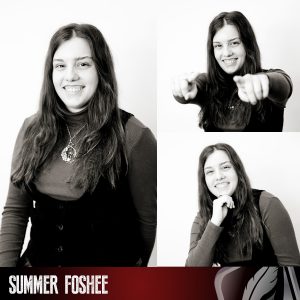
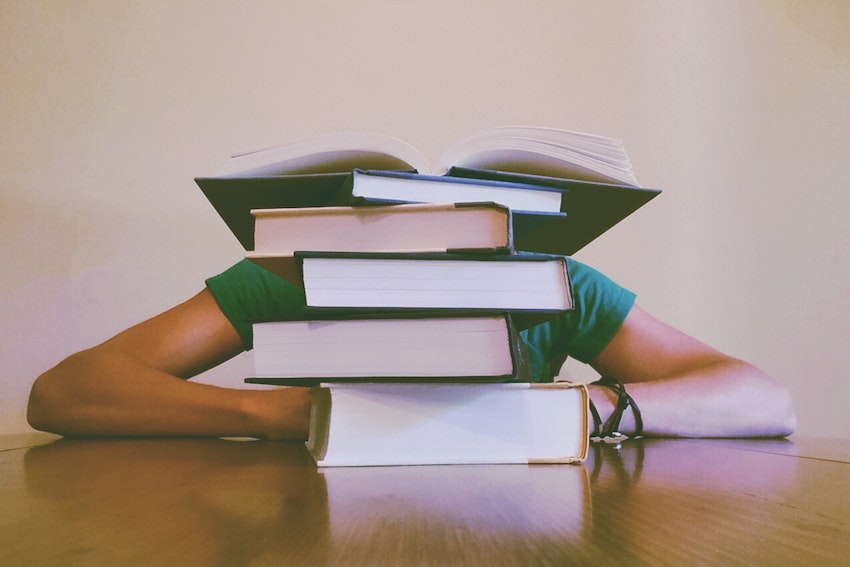
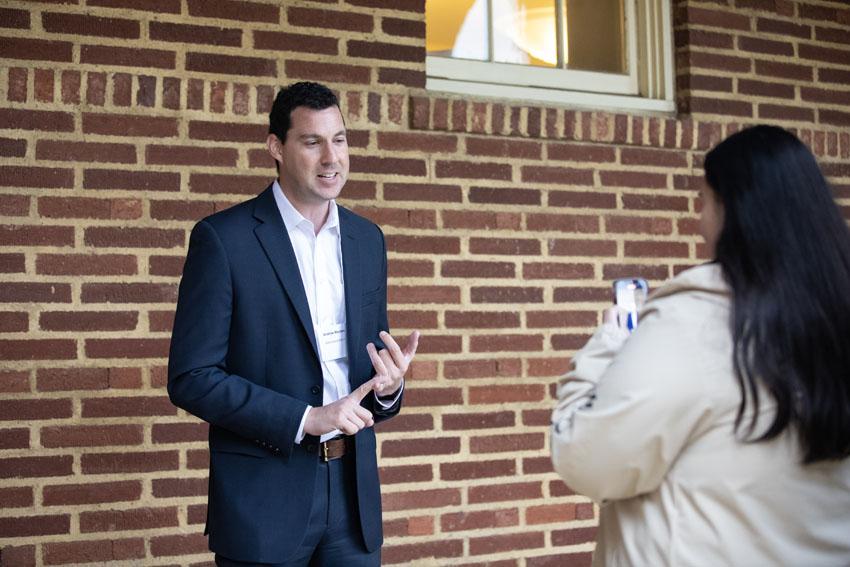
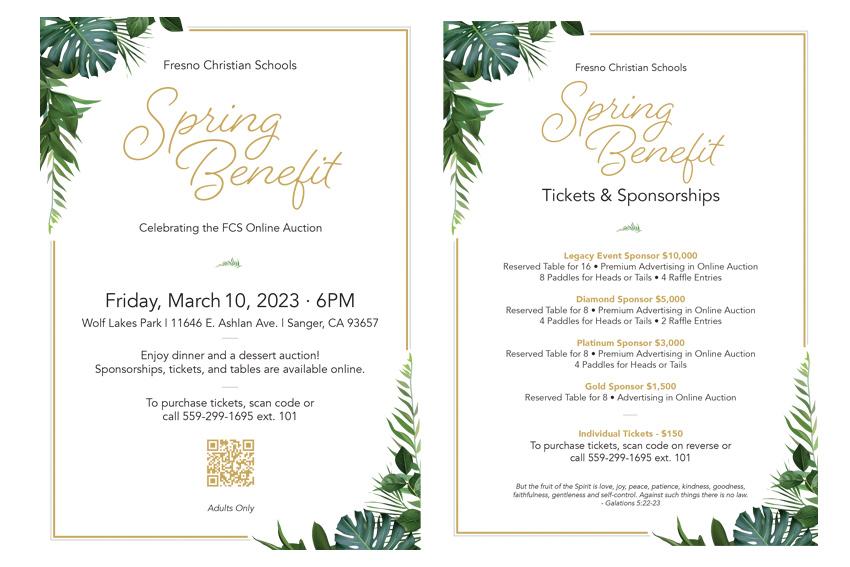

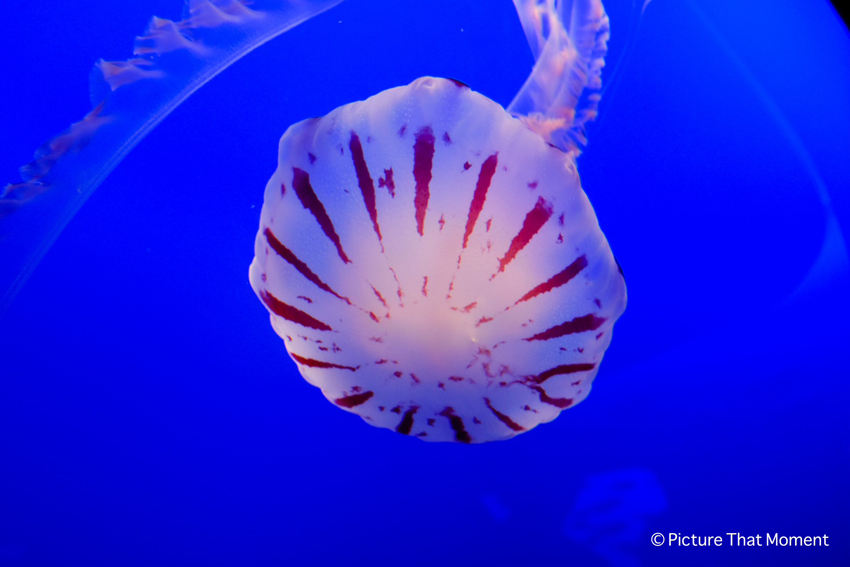
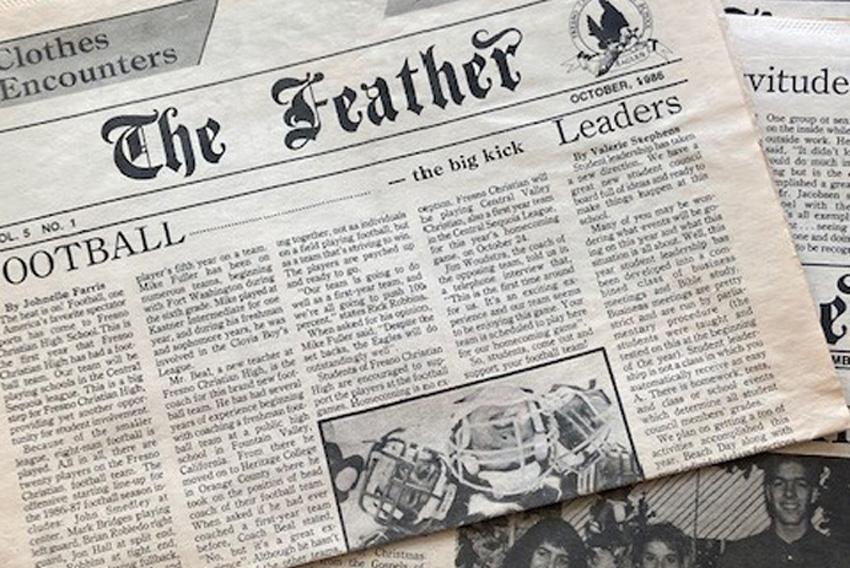
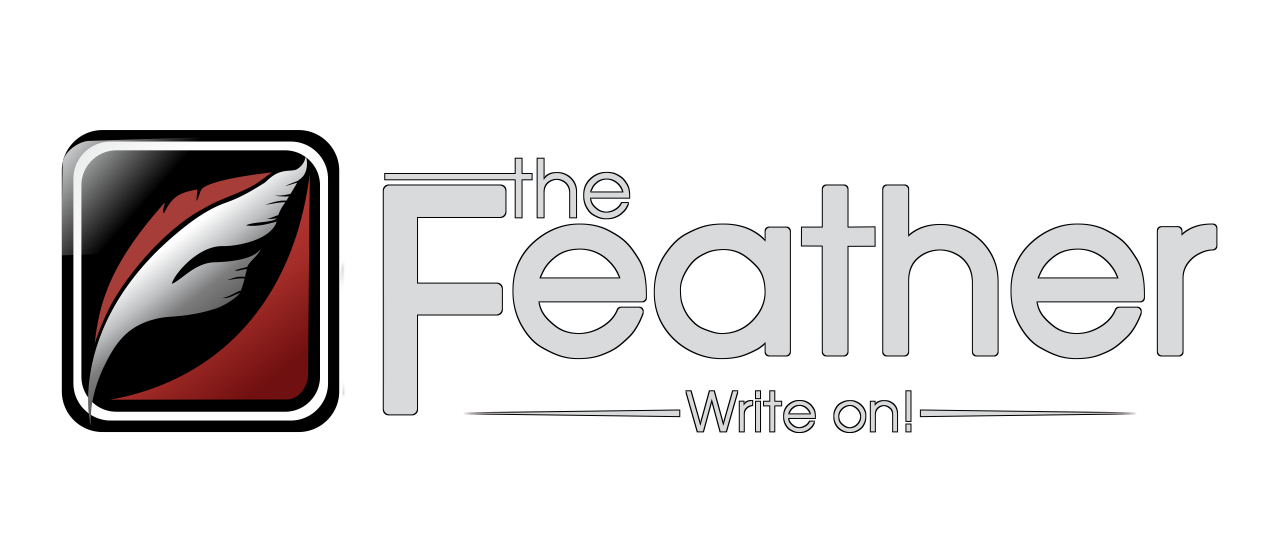
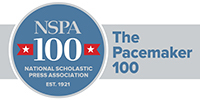
Silva Emerian • Dec 13, 2019 at 8:22 am
Hi Summer! I love this article. You explained all the concepts so clearly and I really loved all your examples. As a writer, I often wonder if someone will “borrow” my words as their own. The intro paragraph was really relatable, too. (P.S. Excellent job on the graphics!)